Technological Innovations
Technological advancements play a crucial role in shaping the Poultry Brooders, Feeders And Waterers Market. Innovations such as automated feeding systems, smart waterers, and climate-controlled brooders are becoming increasingly prevalent. These technologies not only improve efficiency but also enhance the overall welfare of poultry. For instance, automated systems can reduce labor costs and ensure consistent feeding schedules, which is vital for optimal growth. The integration of IoT devices allows farmers to monitor conditions in real-time, leading to better management practices. As these technologies continue to evolve, they are likely to attract investments, further propelling the growth of the Poultry Brooders, Feeders And Waterers Market.
Rising Poultry Consumption
The increasing demand for poultry products is a primary driver for the Poultry Brooders, Feeders And Waterers Market. As populations grow and dietary preferences shift towards protein-rich foods, poultry consumption is expected to rise significantly. According to recent data, poultry meat consumption is projected to reach over 150 million metric tons by 2025. This surge in demand necessitates efficient poultry farming practices, thereby driving the need for advanced brooders, feeders, and waterers. Farmers are likely to invest in high-quality equipment to enhance productivity and ensure the health of their flocks. Consequently, the Poultry Brooders, Feeders And Waterers Market is poised for growth as producers seek to meet the escalating needs of consumers.
Government Support and Regulations
Government policies and regulations significantly impact the Poultry Brooders, Feeders And Waterers Market. Many countries are implementing supportive measures to enhance poultry production, including subsidies for modern equipment and grants for sustainable farming practices. Regulatory frameworks aimed at improving animal welfare standards are also influencing the market. Compliance with these regulations often necessitates the adoption of advanced brooders and feeders that meet specific criteria. As governments continue to prioritize food security and animal welfare, the Poultry Brooders, Feeders And Waterers Market is likely to benefit from increased investments and a favorable operating environment.
Growing Awareness of Poultry Health
The heightened focus on poultry health is a significant driver for the Poultry Brooders, Feeders And Waterers Market. As consumers become more health-conscious, there is a growing demand for high-quality poultry products that are free from diseases and contaminants. This awareness compels producers to invest in better management practices, including the use of advanced feeding and watering systems that promote health and growth. Innovations in biosecurity measures and health monitoring technologies are also gaining traction. Consequently, the Poultry Brooders, Feeders And Waterers Market is likely to expand as producers seek to enhance the health and productivity of their flocks.
Sustainability and Environmental Concerns
Sustainability initiatives are increasingly influencing the Poultry Brooders, Feeders And Waterers Market. With growing awareness of environmental issues, poultry producers are seeking eco-friendly solutions that minimize waste and reduce carbon footprints. This trend is evident in the development of energy-efficient brooders and waterers that utilize renewable energy sources. Additionally, sustainable feeding practices are being adopted to ensure responsible resource use. The market for organic and sustainably sourced poultry products is expanding, prompting manufacturers to innovate in their product offerings. As a result, the Poultry Brooders, Feeders And Waterers Market is likely to see a shift towards more sustainable practices, aligning with consumer preferences for environmentally responsible products.


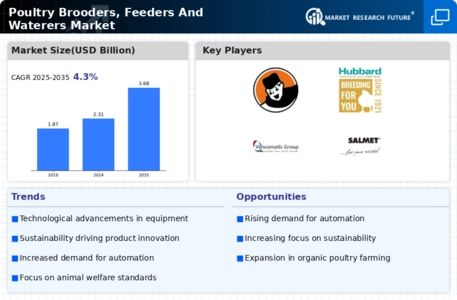
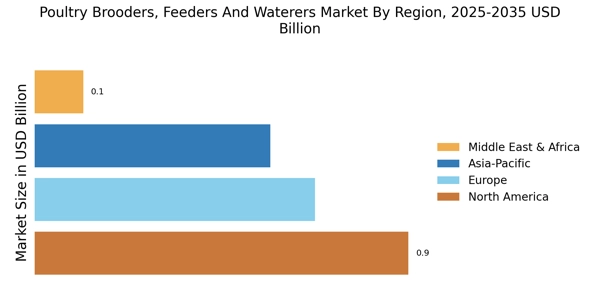
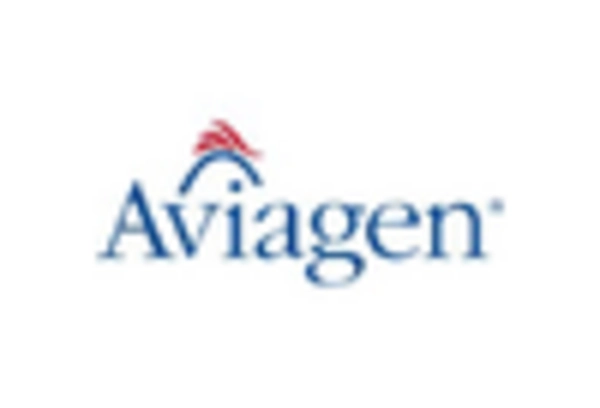
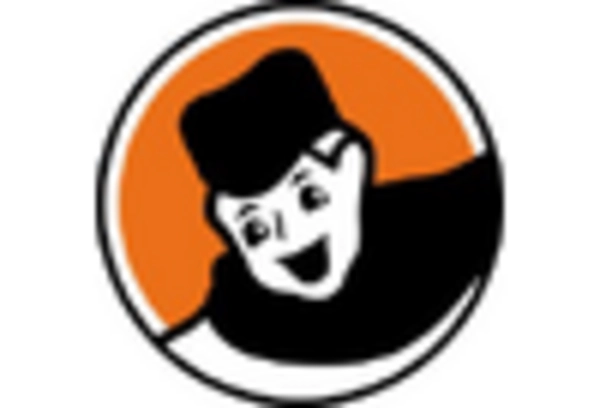
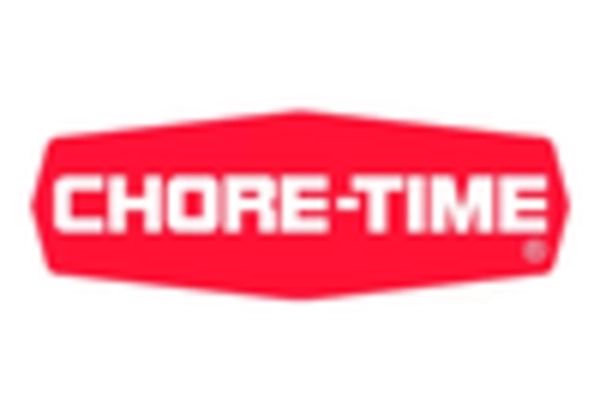

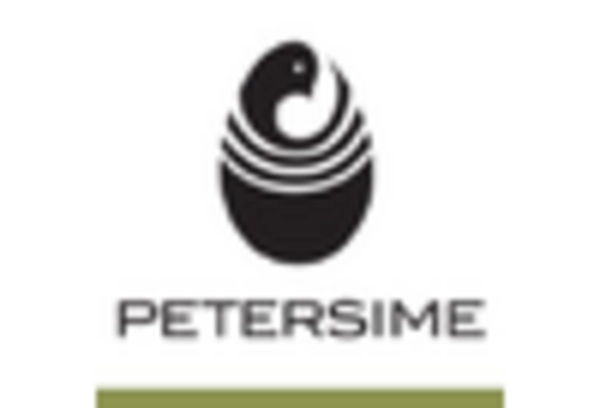









Leave a Comment